The Antskog Ironworks in Raasepori – a historical idyll by the river
In commercial partnership with Visit Raseborg
Article by Johanna Suomela
The Antskog Ironworks is a scenic and historical site few people know about in Raasepori, only about an hour’s drive from Helsinki. The picturesque ironworks reveals its beauty to an adventurer who appreciates its history and approaches the idyll discreetly and with respect for its nature that differs from other ironworks villages.
The early evening atmosphere in Antskog in late June is magical. I have arrived in a seemingly sleepy, beautiful little village. The mass of clouds drifts by, almost touching the treetops, but the worst threat of rain has already passed.
I know that the only permitted parking spot is at the Antskog plaza. I have to check my navigator to make sure that I am indeed in the right place. Yes, I am at the plaza, at Harabackantie 3. I have never visited such a tiny plaza before, but a village community of 120 permanent residents hardly needs a Senate Square.
The plaza is recognizable by the yellow house standing on the corner – a former diner and shop – and an information board titled “Antskog as a copperworks” describing the history of the copperworks. When you see them in front of you, you know you have parked legally. Parking anywhere else is prohibited, especially in front of the old volunteer fire brigade building, as that is the turning area for the bus, and every square meter is needed.
The peacefully slumbering Antskog Ironworks is surrounded by a fence sealed with locked gates. Trespassing beyond the fence is not allowed, as the area is entirely under the control of its owner, Mako Ltd.
Fortunately, small glimpses of the buildings in the historical factory area, now used as warehouses, can be seen from permitted routes. Through my camera, I take a peek at a past world filled with our industrial history that lies beyond the fence.
The long and meandering history of the Antskog Ironworks
The Antskog Ironworks is the oldest and smallest of the ironworks in Pohja. The German-born merchant from Turku, Jacob Wolle, is considered to be the founder of the Antskog Ironworks. In history books, Antskog and Wolle are linked from the year 1630 onwards, so that year is considered to be the founding year of the Antskog Ironworks.
As an ironworks, Antskog competed with Fiskars, which was founded much later (not until 1649!). In the end, Fiskars had a better location traffic-wise closer to the sea and triumphed.
When the furnace was still operational in 1650, the village had 80 inhabitants who were considered adults. People serving Antskog at that time included a master of the furnace, a pot caster, two pistolsmiths, a precision smith and a wheelsmith, several hammersmiths, a master builder as well as colliers and charcoal burners.
The first church was built in Antskog in 1665. The ironworks parish was dissolved after population dwindled in the 1770’s, and the Antskog church was moved to the Koski Ironworks in Perniö, where it mostly retains its features from the Antskog era, although it is no longer in use.
All that remains of the church now in Antskog are the church site and the sign pointing to it. At times when the undergrowth is more barren, the plinth of the church is visible. After June, the plinth is probably covered by Amazon-like vegetation.
As centuries passed, the ore used at the ironworks varied, as did the end products. From the present-day perspective, one of the most important owners was pharmacist John Jacob Julin from Turku. To facilitate access for ore barges from the nearby Malmberget mine, Julin built a sluice in Antskog in 1824. Julin himself believed the sluice to be the first one in Finland, and had his assumption carved into a rock next to the sluice, even though the honor of building the first sluice probably belongs to Henrik Johan Kreij, owner of the Mustio Ironworks, who is said to have built two sluices in the Mustionjoki river as early as 1745.
The copperworks closed down in 1880. Earlier in 1875, pharmacist Julin’s eldest son Emil Lindsay von Julin had been forced to hand his factory over to his debtors, but he also received a managerial position in the Fiskars Aktiebolaget company that was founded in 1883.
Industrial operation continued in Antskog, however. In 1839, John Jacob Julin had received a permit for founding a baize factory and a felting facility and dyeworks alongside the ironworks. The stone building of the baize factory was completed in 1841, and was rented by various entrepreneurs until 1849. When there was an attempt to sell the factories here in 1879, they included a small wool spinning mill, weaving mill and dyeworks in addition to the copperworks and mill. There was even a tricot production plant in Antskog before the turn of the century.
In 1900, the old baize factory was destroyed in a fire. The Antskog Klädesfabrik Ltd, founded two years later, built a large group of industrial buildings on the same site. The factory specialized in the manufacturing of baize, slipper, ulster and suit fabrics and employed over 100 people during the early years of the 20th century. The operation of the factory that provided a livelihood for the entire village ended in a surprising bankruptcy in 1959. In 1960, ownership of the area was transferred to its current owner, Mako Ltd, through a compulsory auction.
(This is an adaptation of the long and meandering history of the Antskog Ironworks. You can read the full long history at the Antskog Ironworks web site here.)
The Antskog Ironworks village today
Today, Antskog is filled with peace and quiet. The ironworks sleeps; nothing is being manufactured inside its factory buildings anymore.
The Anskunjoki river flows languidly through the fenced factory area. The sound of running water reaches my ears from somewhere, but I see no steps down to the water.
Although all manufacturing has ended, there is still a solidness about the old buildings. The abandoned factory buildings are reminiscent of past times, the history of Finnish industry.
The serene, unbroken surface of the Anskunjoki river paints beautiful images; even the slight blemishes created by the ravages of time do not disturb the full picture.
The grass isn’t growing wildly; the paths are clearly visible. The white fences look as if they had just been painted. Somebody is looking after this industrial-archaeological environment.
Even though Antskog and Fiskars are located next to each other, Antskog is worlds apart from Fiskars that waits for tourists with open arms a few kilometers away.
There are no shops here, nor artisans’ workshops with inviting open doors.
Antskog is meant to be enjoyed as is – raw, without sugarcoating to make it more tempting. There are no temptations here for loosening the strings of one’s purse, but plenty of peace and atmosphere.
The Antskog summer idyll is located on Slussintie
To get to the start of Slussintie, I cross the concrete road that runs through the village.
The speed limit is low, but it’s still a good idea to look both ways. Many of those driving by here seem to be in a hurry to get to Fiskars.
The former workers’ homes on Slussintie have developed into a paradise for summer residents. The rental apartments are modest, with outhouses at the back of the yard. Bathing takes place in the sauna, and a swim in the river feels refreshing.
These affordable rental apartments are rarely available, and even when they are, they are rented under the counter. Marketing takes place through the grapevine. There are approximately one hundred lucky summer residents.
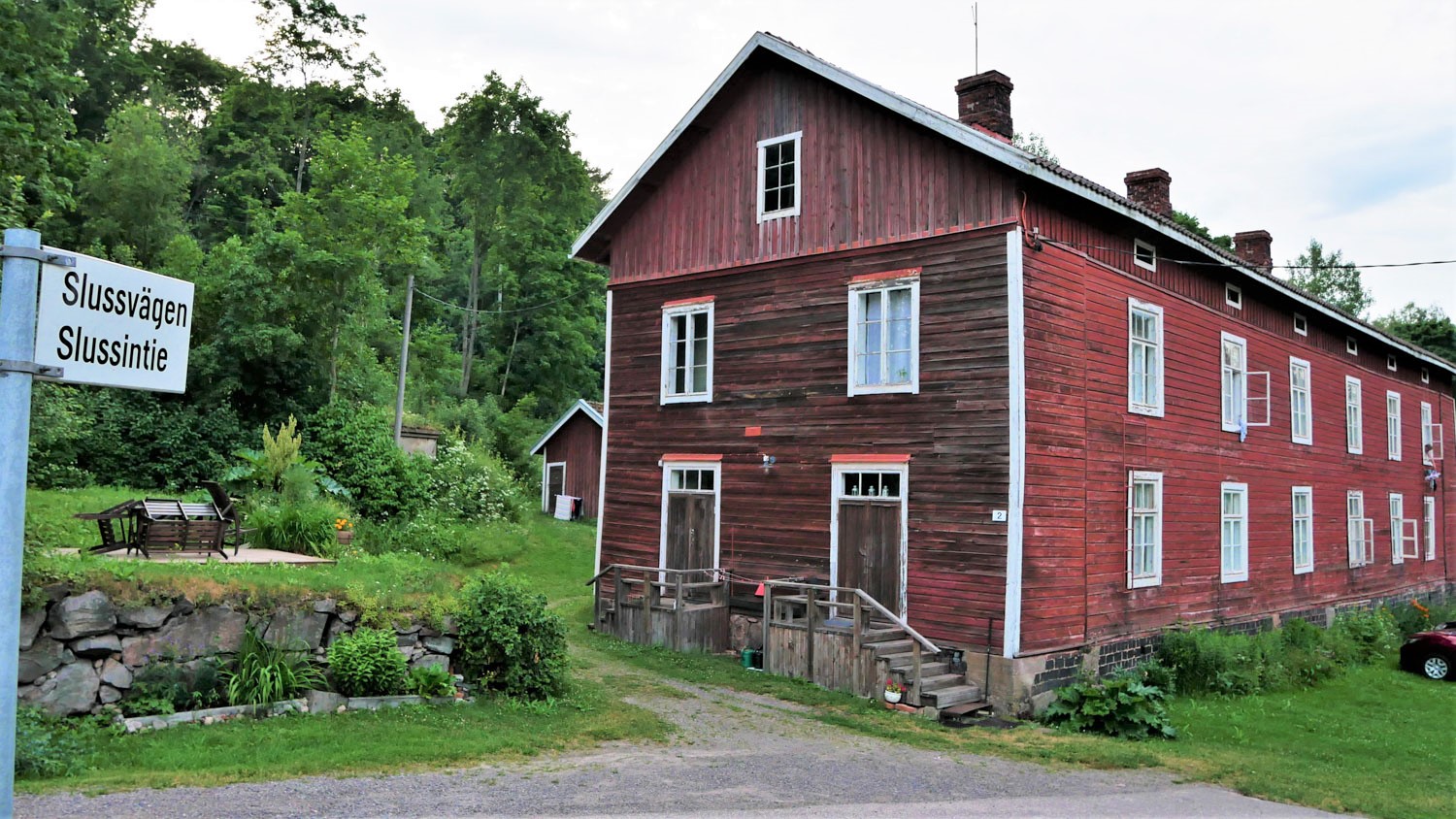
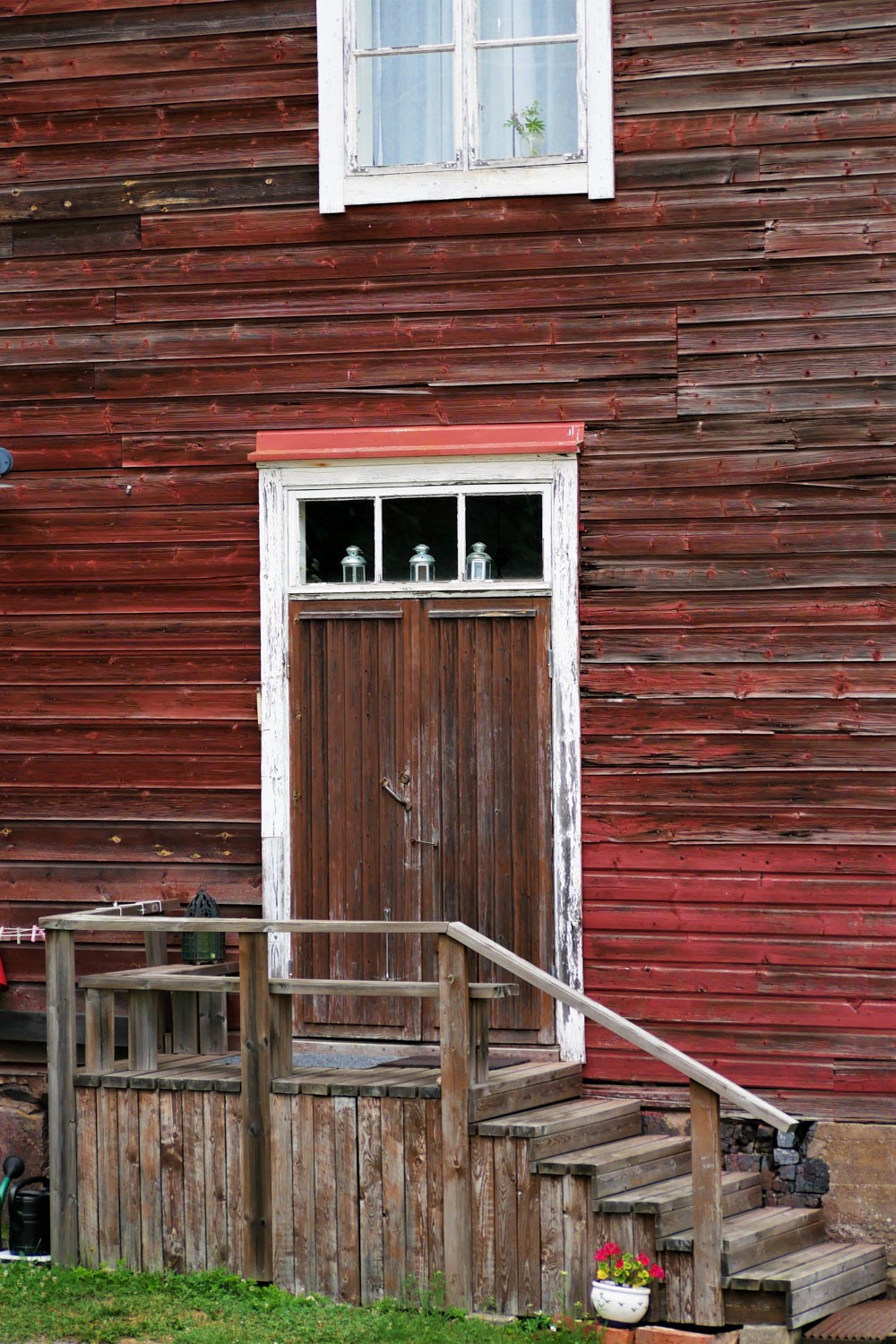
The houses have seen plenty of time and life, and they all have names. Plevna, Onnela, Fiskars I & II, Pomola.
The residents have their own little piers by the river.
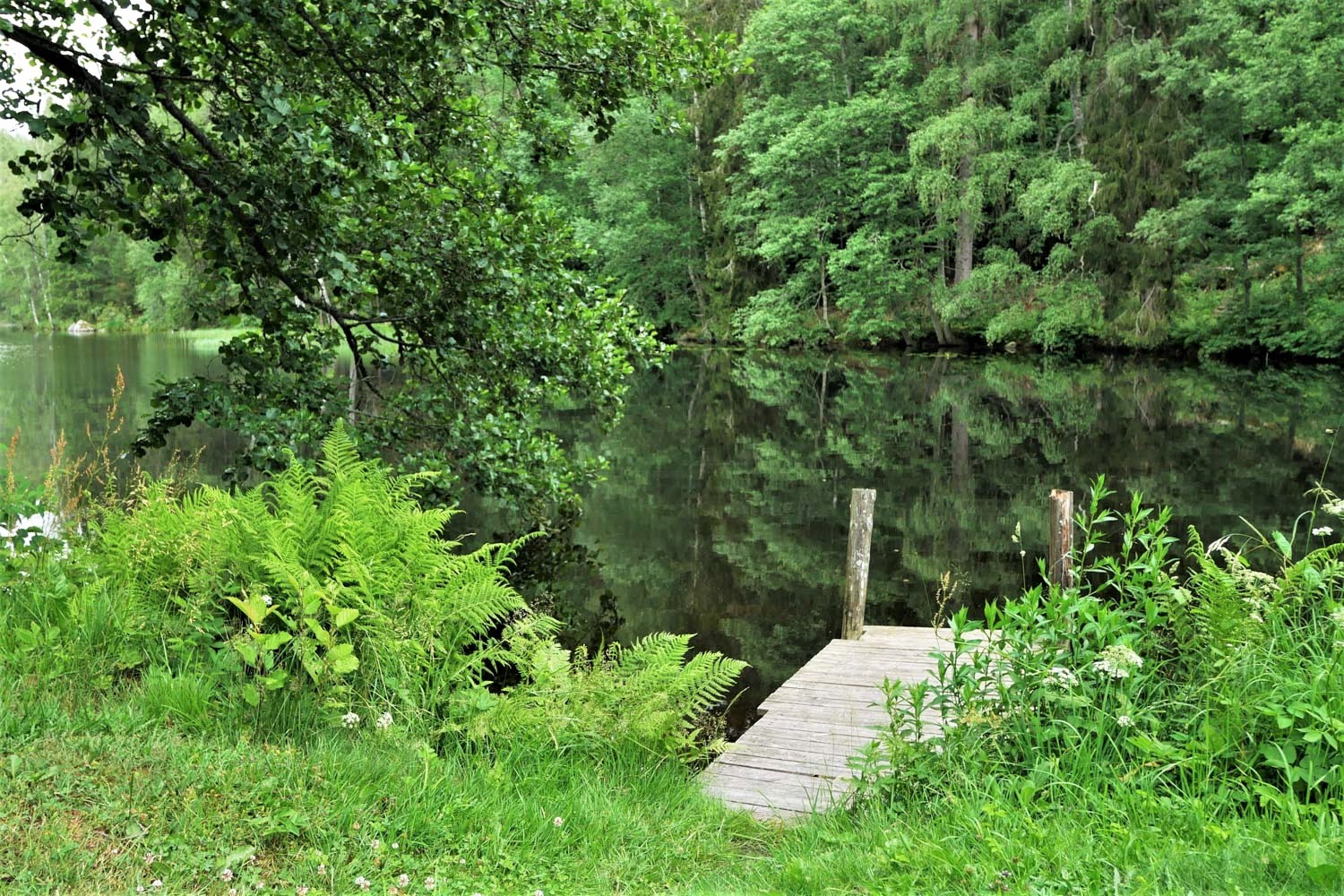
The river sauna gets plenty of visitors. Women are cooling off with towels around themselves and their hair, and children are wading in the quietly flowing water.
For a moment, I imagine that I have fallen into a historical, cosmic wormhole and travelled at least 80 years back in time. The number of children playing outside is beyond my comprehension. They really are swimming and running around, as they should in the summer. Outside! Even in the evening! People here are enjoying the summer and every single warm day.
I wait for a good while before I’m able take out my camera. The surface of the river has barely settled as new swimmers enter the water.
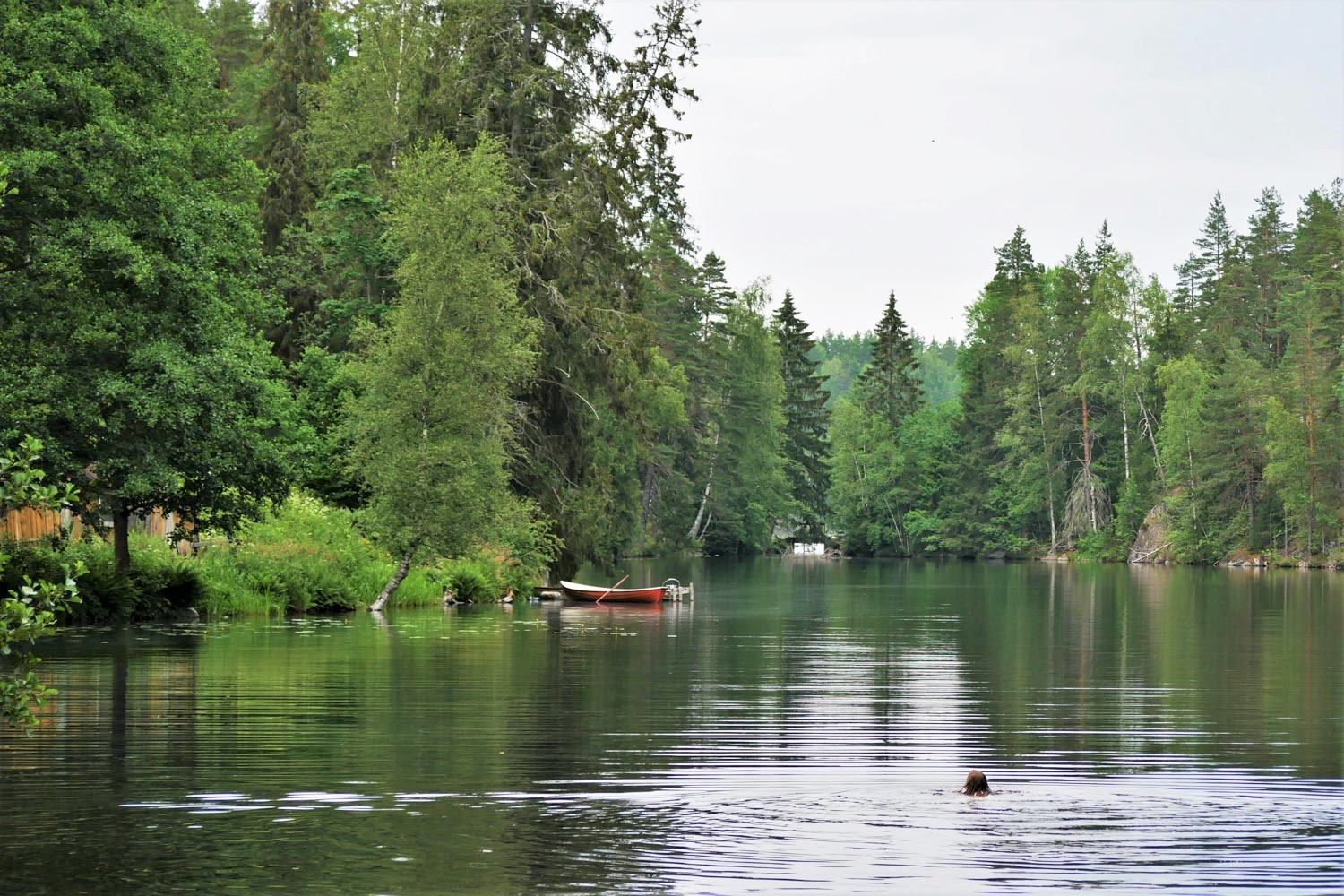
Even the laundry/mangling room on the bank of Anskunjoki looks rather idyllic.
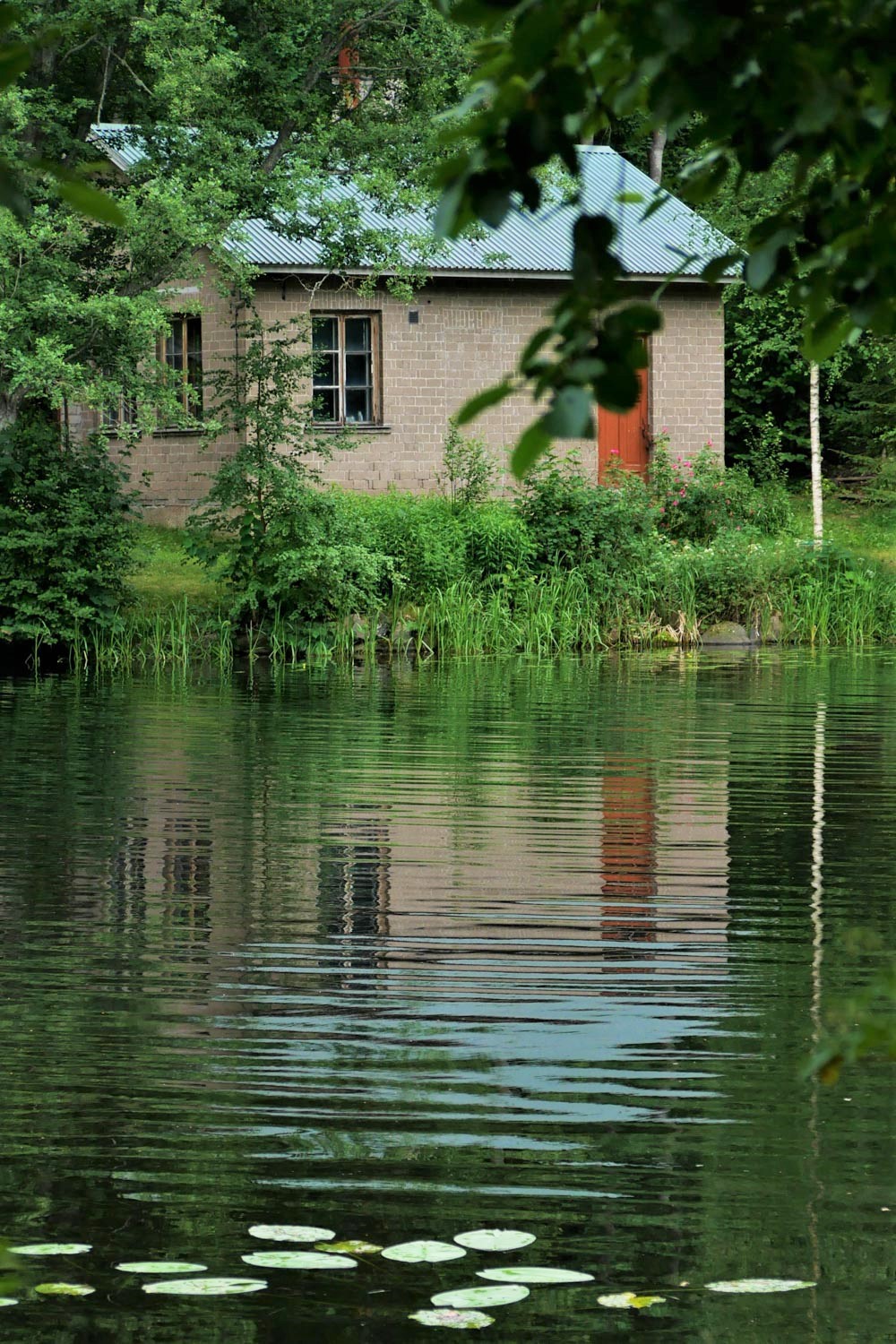
The nature in Antskog is particularly sensitive
The opposite bank of Slussintie at Keskiportti is wilderness-like. The magnificent trees are reflected on the mirror of the water. Somewhere in the cover of the trees, a blackbird is singing its prettiest serenade. The water flows here from the Seljänalanen lake above, from which a waterway through a narrow canal also leads to the Määrjärvi lake.
Here in the Pohja-Kisko uplands, especially in these river valleys, the nature is lush and diverse. There are many clear-watered, wilderness-like lakes here that have been spared from the construction of cabins and agricultural runoff, on whose shores smooth cliffs rise sharply towards the sky.
In 2017, the Pohja-Kisko lake uplands were included among the one hundred pearls of nature named by the Finnish Association for Nature Conservation. In the nature of Raasepori, one may spot the red-throated diver, which is rare in Uusimaa. The area is also the habitat of the black-throated diver, whooper swan, crane, eagle owl and Eurasian pygmy owl. Even a playful otter might be found in the brooks of the lake uplands.
There is a large population of white-tailed deer. Moving quietly and downwind, one may even encounter moose, lynxes, bears and wolves. In the swamps, one may hear the wood grouse and black grouse, and there are large numbers of bats and dragonflies.
There are several conservation and Natura areas in the vicinity of Antskog. In order to keep their sensitive nature as untouched as possible, no routes have been built in them. The nearest marked routes are close by, however. There is a tree species path of about two kilometers in length in the Fiskars ironworks area that introduces as many as 23 different species of trees. The four-kilometer Rissla forest path leads through beautiful scenery to the Rissla waterfall and the structures of the old power plant. For those who enjoy cycling, the Fiskars Ironworks offers a total of 60 kilometers of marked and maintained mountain biking routes!
The Antskog idyll has even appeared in a movie
Slussintie winds along the riverbank; my steps are taking me towards the “slussi”, or the sluice.
While walking leisurely, one can constantly see eye candy along Slussintie: flowers, artistic and warmly humorous still lifes, summer residences for winged friends; the washing lines on the opposite bank and even the chair where the happy washer probably has time to wait for their laundry to dry.
The Slussintie summer idyll looks straight out of Astrid Lindgren’s children’s books! I wouldn’t be surprised at all if Emil i Lönneberga himself came running down the hill with his cap tilted, or Pippi Longstocking rode past me on her spotted horse.
No wonder the Antskog riverbank has even appeared in a movie. The adaptation of Eeva Joenpelto’s novel Vetää kaikista ovista was filmed here, and the Antskog workers’ hall can also be seen in the movie.
Nature is flourishing here. This landscape is a safe haven for many buzzing insects.
Members of the Antskog village society have received an honorable mention for their work for the preservation of the diversity of nature. Through its own example, Antskog proves that looking after the natural environment of one’s own village doesn’t necessarily require large resources, but good will and active hands willing to take action.
The Antskog village society has also made its own village plan for the development of their village. They want Antskog to be a vigorous village community in a pleasant environment, and they want to offer the people of Antskog diverse opportunities for exercise that keep people healthy.
The active Antskog village society organizes an annual summer fest, collective voluntary work, summer exhibitions, summer café activity and concerts. At the heart of these activities is the diligently restored cozy workers’ hall situated at the end of Harabackantie.
The Antskog sluice
After a few hundred yards of walking, I arrive at the historical sluice.
The Antskog sluice was constructed in 1824 by Johan Jacob Julin, who was in charge of the refining of copper from the Orijärvi mine. Transporting ore to the foundries in Koski and Antskog was extremely laborious, especially during the winter with heavy snow. Julin solved the logistical problems by constructing a waterway from Orijärvi to Antskog, which had a connection to the Gulf of Finland through a series of small lakes. Julin’s solution was successful, as transportation costs were halved thanks to the sluices.
The Antskog sluice became less important in 1830, when copper refining was concentrated at the Koski foundry. The Antskog sluice remained in use until 1908, when the actual sluice gates were dismantled.
The remaining reminders of history are the rusty sluice structure and the text “First sluice in Finland, J.Julin 1824” carved in stone. As mentioned before, the sluice wasn’t actually the first, but who would doubt information that has been carved in stone?
Slussintie ends at the beautiful Mikkola beach
Slussintie ends at a beautiful beach. The Mikkola beach is the villagers’ bathing beach. Littering and keeping dogs loose is understandably prohibited, as is camping.
A smart guest always respects the rules of the house and never wants a bad mood for themselves, let alone to upset the permanent residents. During the COVID year, we’ve all read about sites getting damaged during the nature tourism boom and careless hikers who disregard the rules and leave trash behind. As smart and considerate nature lovers, we don’t want to be part of that group, do we?
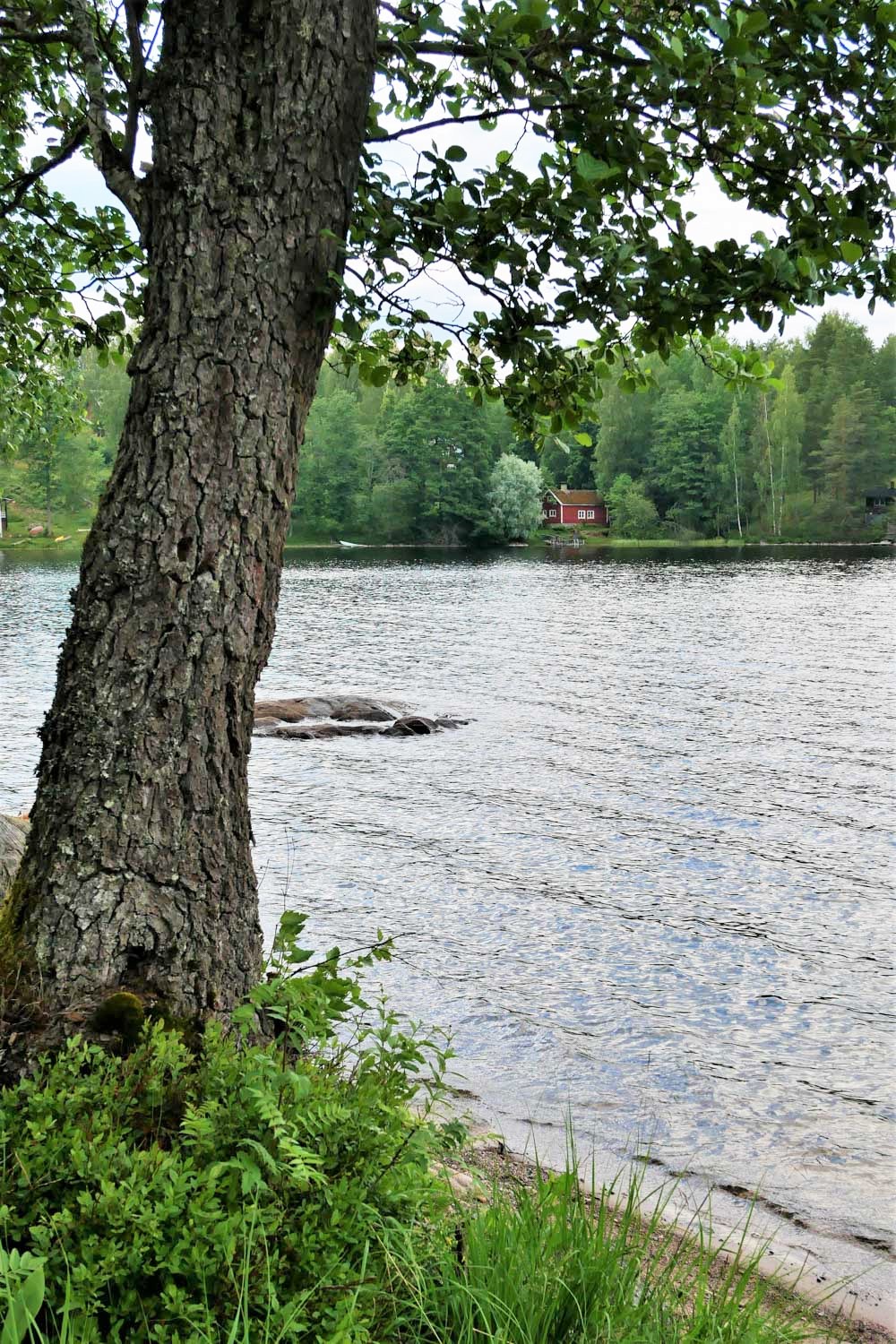
Evening images at Anskunjoki river
As I walk back towards the plaza, I still wonder about the children splashing about in the river.
The sign warning about playing children at the start of Slussintie should indeed be taken seriously instead of barreling down the road towards the sluice by car.
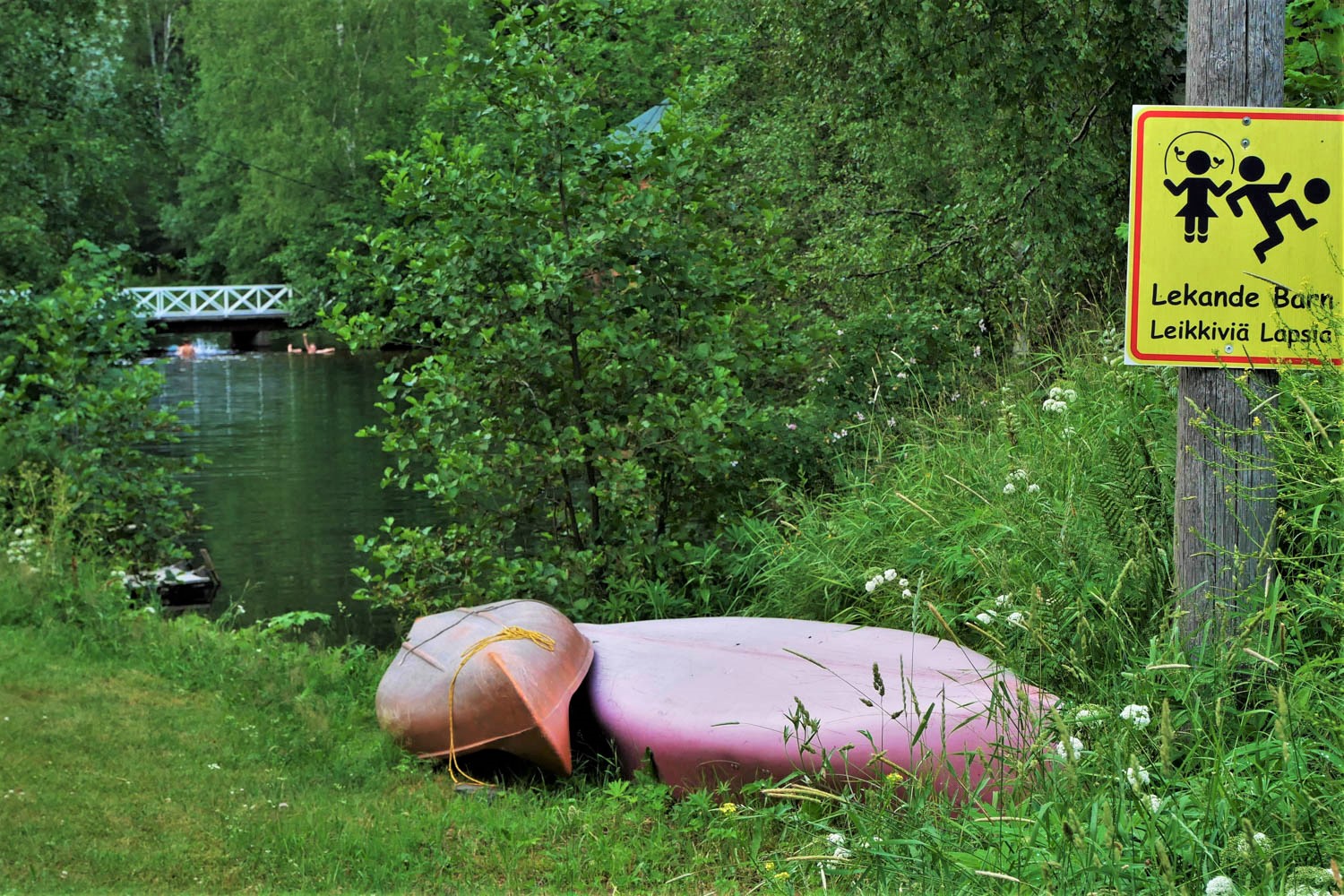
I admire the beautiful reflections on the surface of the river as the lens of the camera catches some boys on an evening kayaking trip.
Luukas Huppunen and Niilo Alander are enjoying the soft atmosphere of a summer evening in Antskog in the best possible way – on the water.
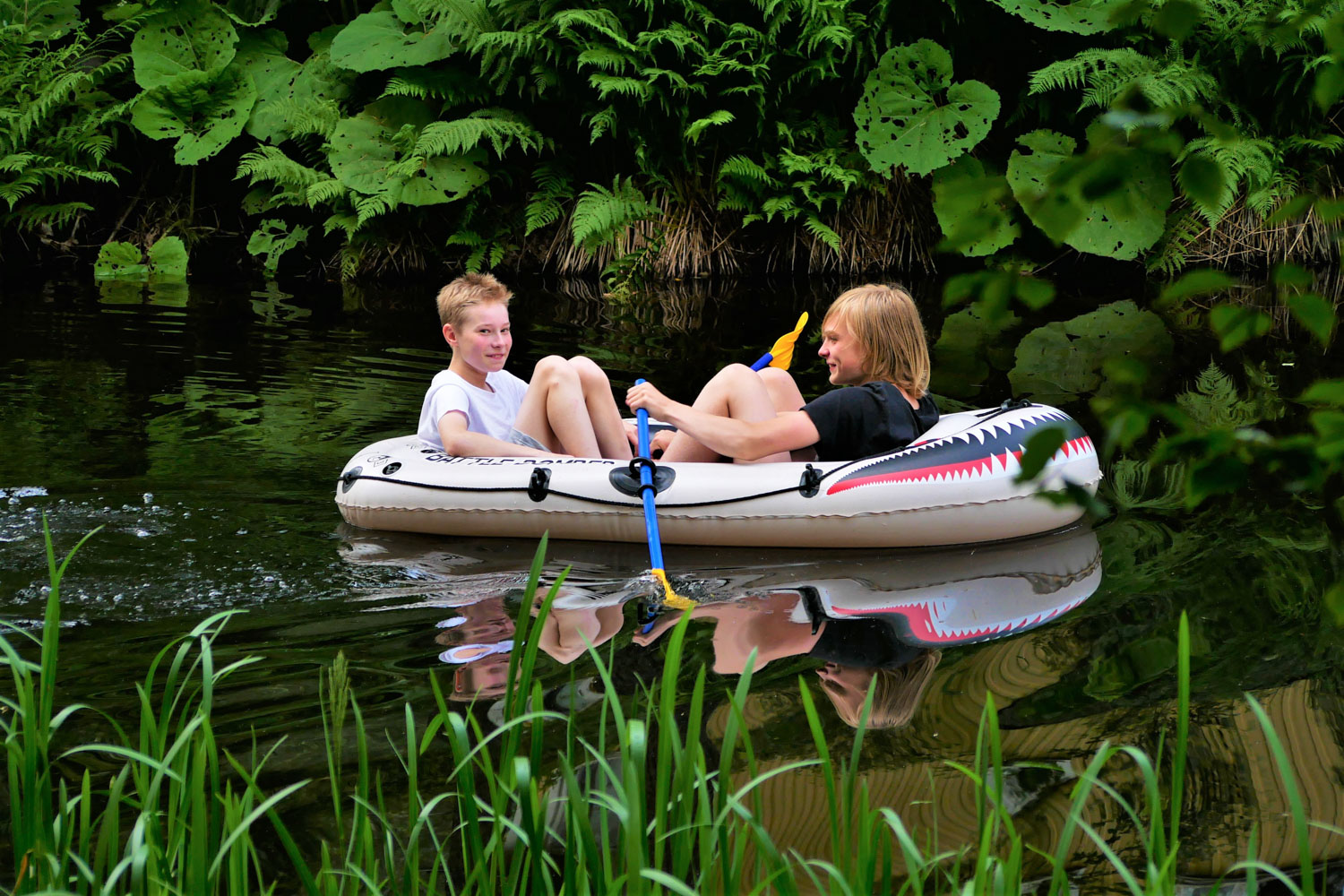
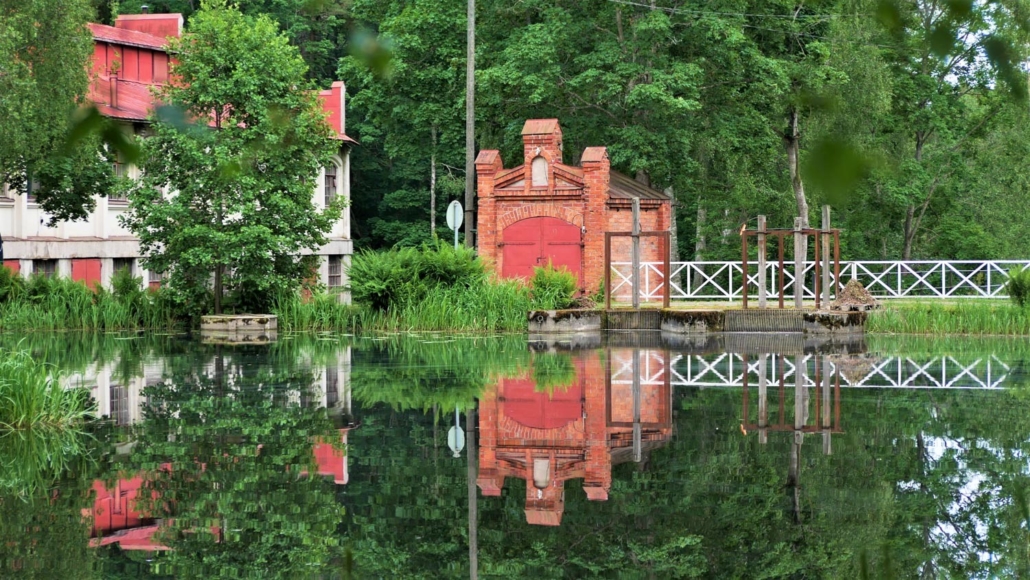
Villa Taika offers surprises and unique bed & breakfast accommodation
I quickly visit the Manibacka hill, a little ways from the center of Antskog towards Fiskars. Here, a real surprise awaits a hiker in need of accommodation. Raisa Kaipainen and Torsten Rüger have renovated an old schoolhouse into a unique bed & breakfast that almost certainly has no equal in Finland.
Immediately at the front door my thoughts fly towards southeast Asia. The dark wood used in interior design and the turquoise color of the common rooms act as a virtual ticket to foreign lands.
As I peek inside the comfortable accommodation rooms, nothing reminds me of an old schoolhouse. Each of the eight rooms is unique and individually decorated.
In addition to the beautiful rooms, guests at Villa Taika also get to enjoy the serenity of the surrounding nature and a lovingly prepared vegetarian breakfast. A fountain bubbles in the large garden, and a large, wood-heated sauna is available for course groups on order.
Villa Taika is a memorable and cozy base for an explorer who values the beauty of the nature of Antskog. Rowboats are available for rent for those wishing to go out on the river, and those wishing to visit Fiskars can borrow a bicycle. By car, the drive to Fiskars is five minutes. Other sites to experience in Raasepori are also close by. The Billnäs Ironworks and Mustio Manor are only 15 kilometers away, and the distance to Tammisaari is 35 kilometers.
There are as many as five lakes as well as a conservation area within walking distance from Villa Taika. The bathing beach of the clear and strictly protected Simijärvi lake is only 200 meters away.
He who has happiness…
…should hide it, says an old Finnish proverb. After my time spent in Antskog, I can also easily understand those villagers who would prefer to keep this idyll entirely hidden. If there are no services for tourists and entrepreneurs in the village who would benefit from visitors, many may fear that their peace will be disturbed without any benefit for the community.
Antskog is unlikely to become a destination for the masses as long as the old industrial area lies slumbering behind locked gates, but for those who value peace and the beauty of nature and walk their own paths, Antskog is the perfect choice. Here, small parties and groups of co-workers will find not only the magical accommodations of Villa Taika, but also an opportunity for customized, guided adventures in nature. The local company KD-Adventure organizes tourist services for lovers of kayaking, climbing, riding and tour skating. A survival course tailored to the group’s wishes or an evening of firewalking are also possible, as are outdoor cooking classes for gourmands who want to learn to cook on an open fire. Perhaps you’d like to learn how to cook a salmon on a fire or how to prepare an epic dish of rosvopaisti?
A summer café has operated at the Antskog workers’ hall every summer during the summer fest and exhibition. This year, the summer fest will be held on July 31, and the summer exhibition will probably take place at the same time. If you are around in these parts in late July, you can find the Antskog workers’ hall at Harabackantie 30.
If the summer café is open, please support the active village society by having a relaxed cup of coffee, for instance. While doing so, you will also see the fabulously restored workers’ hall, and while enjoying your coffee, you can ponder on what a fine piece of the history of industrialization in Finland the Antskog Ironworks is.


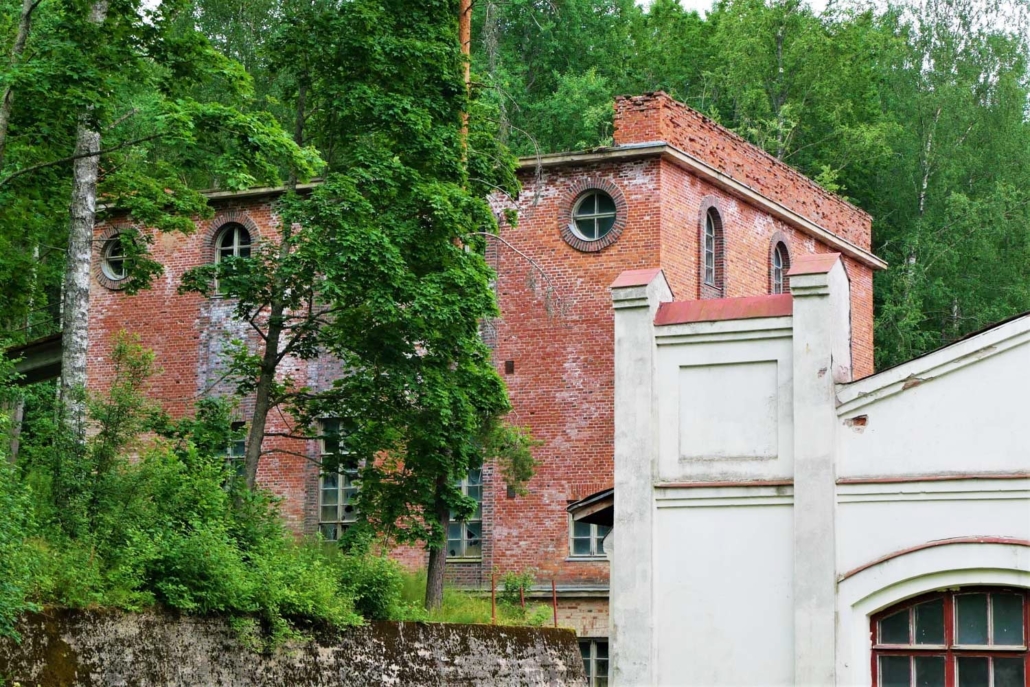

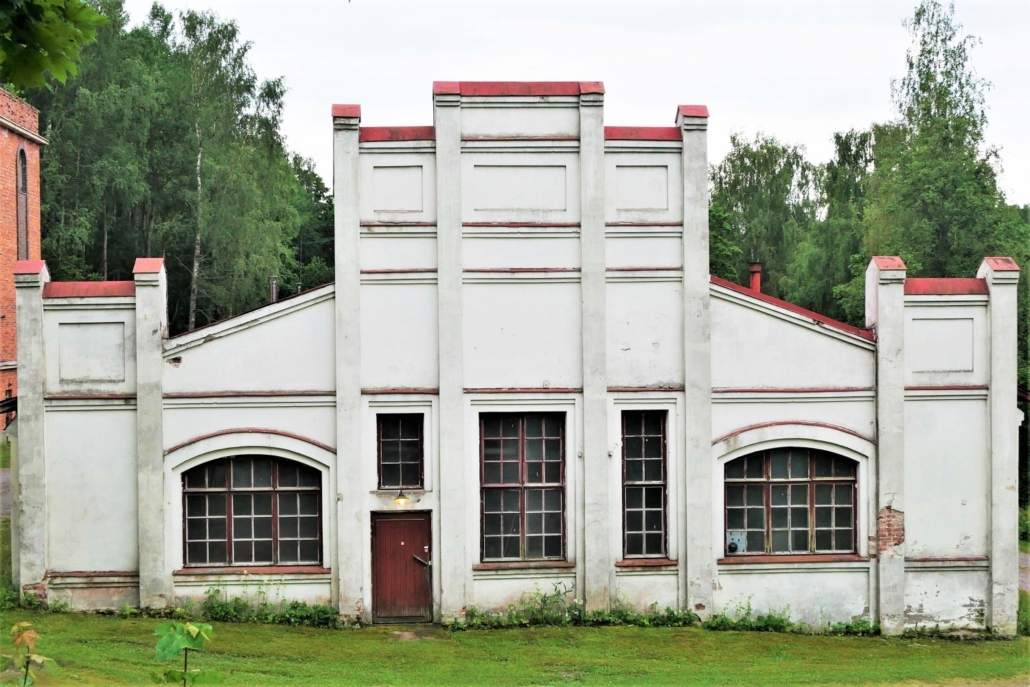
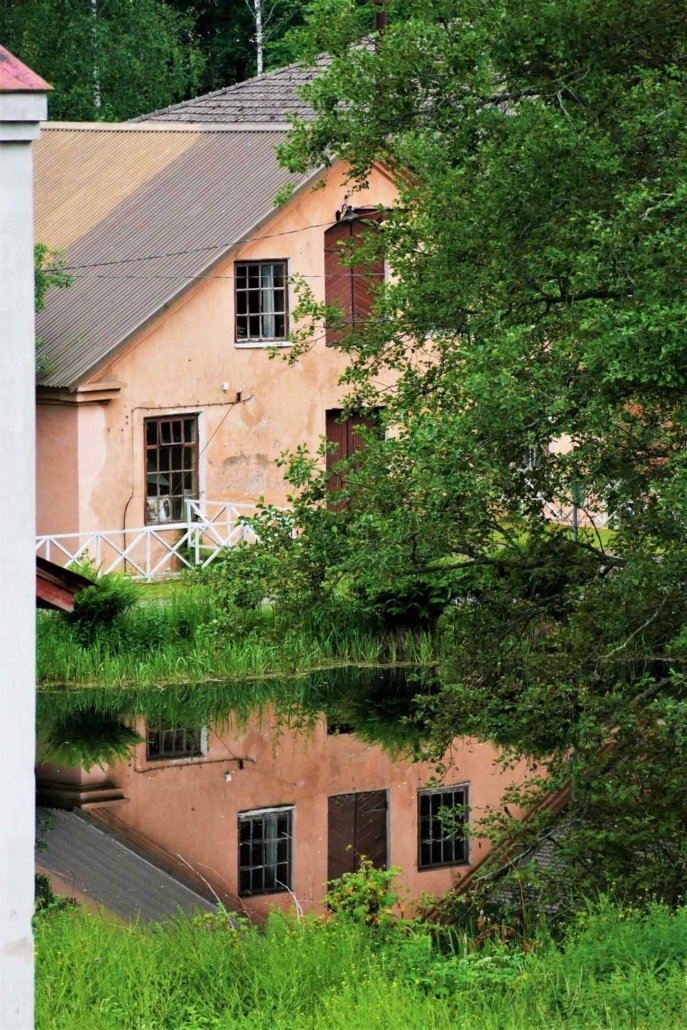
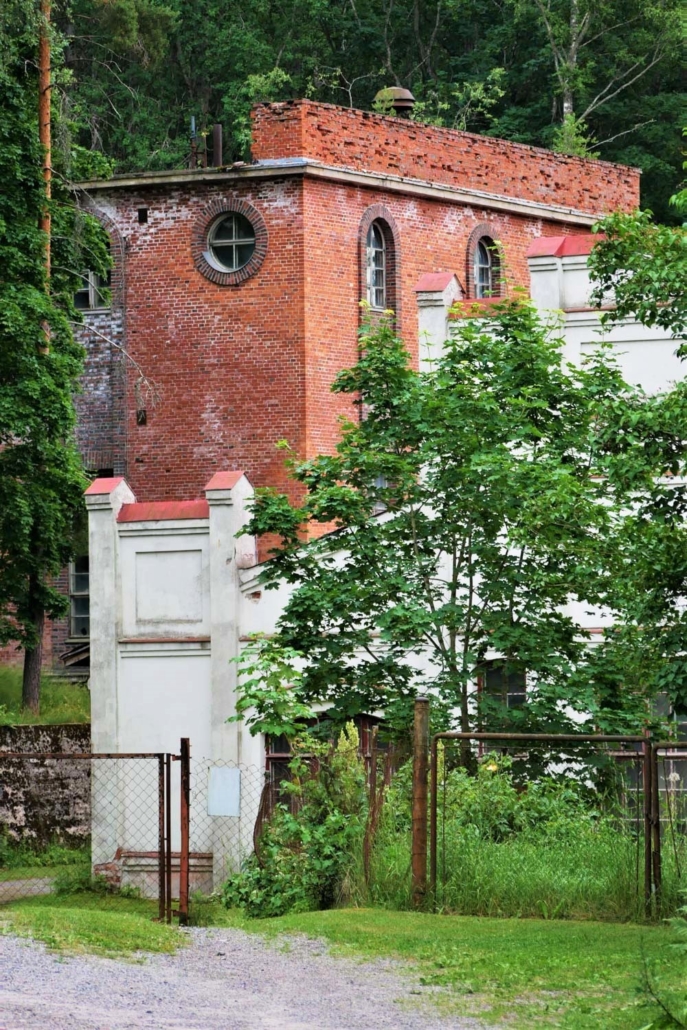
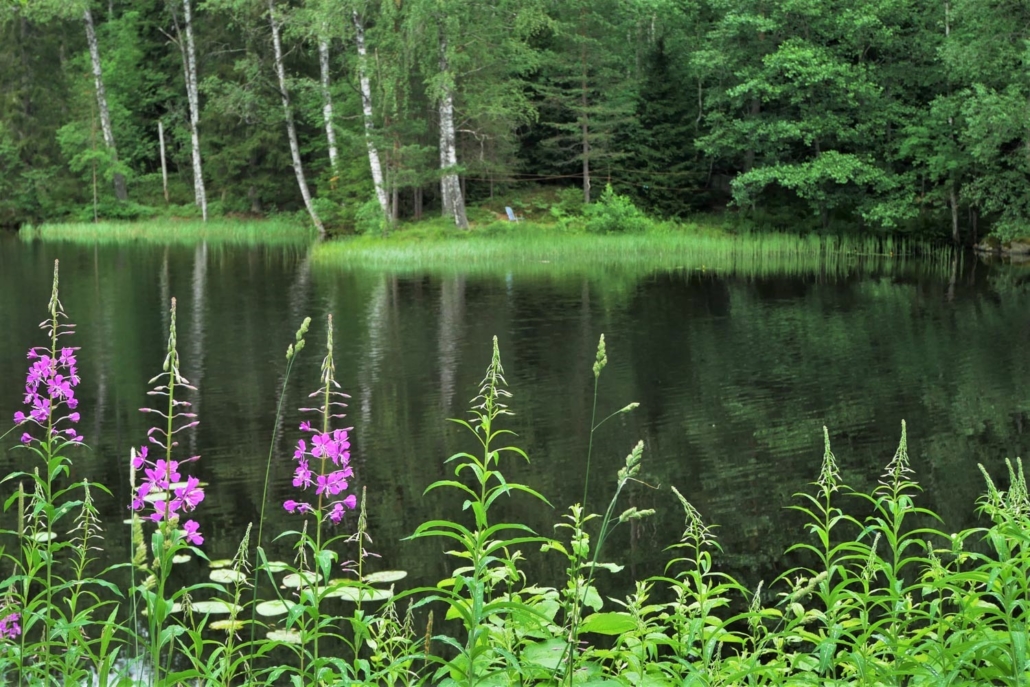

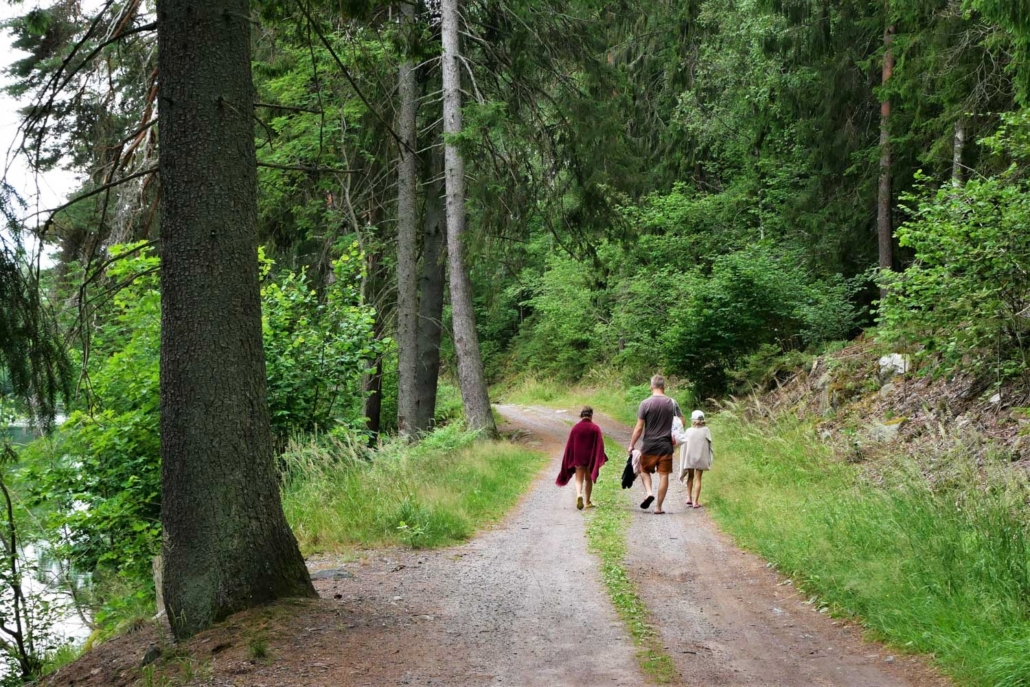
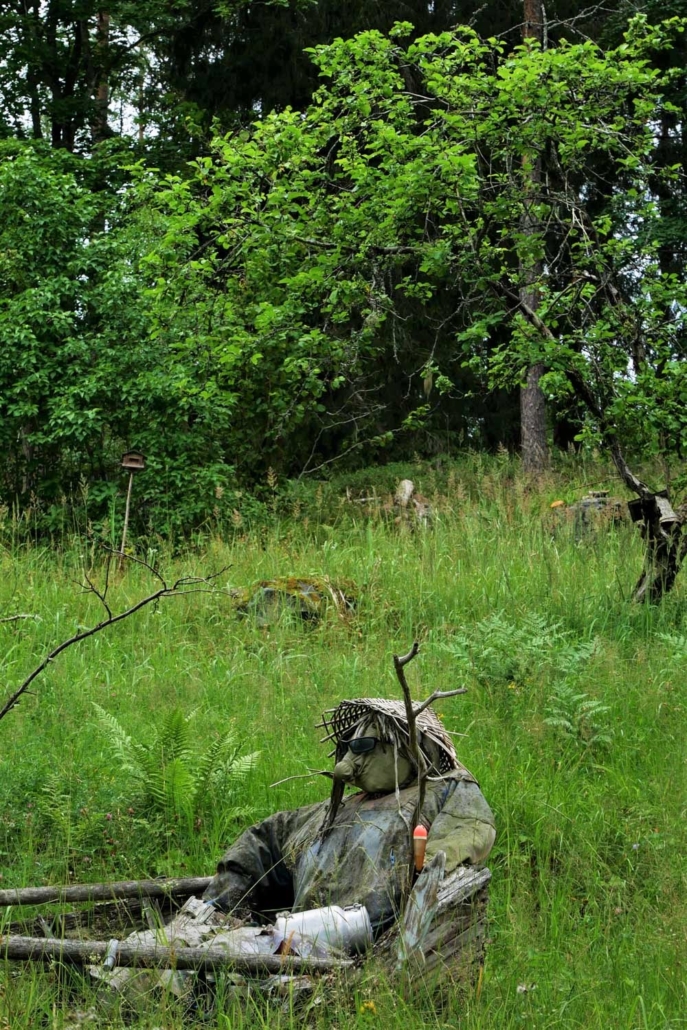
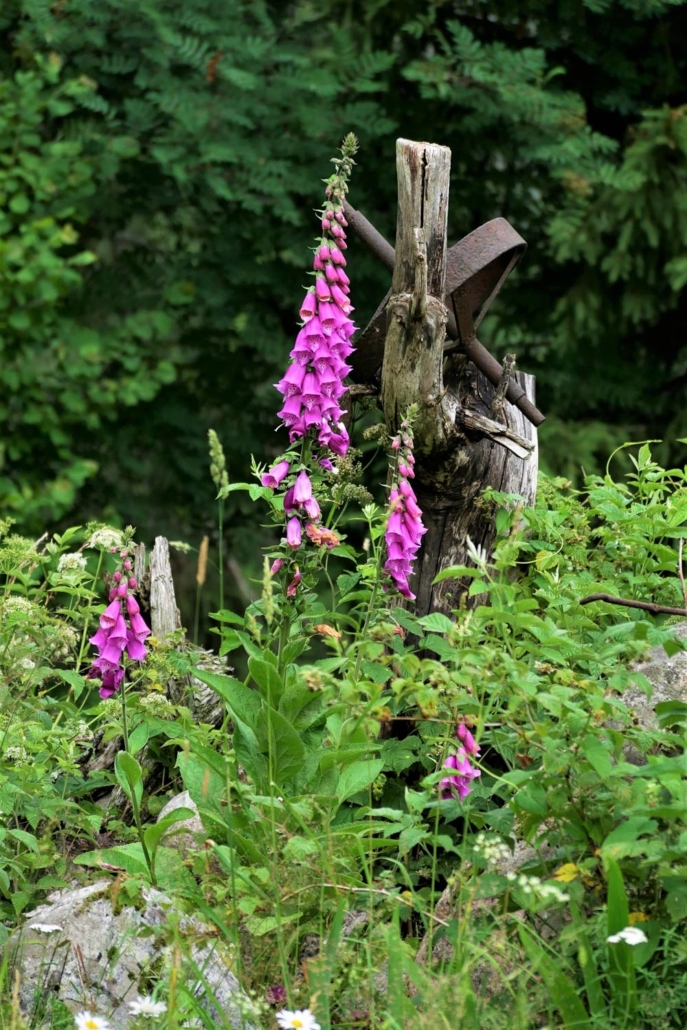
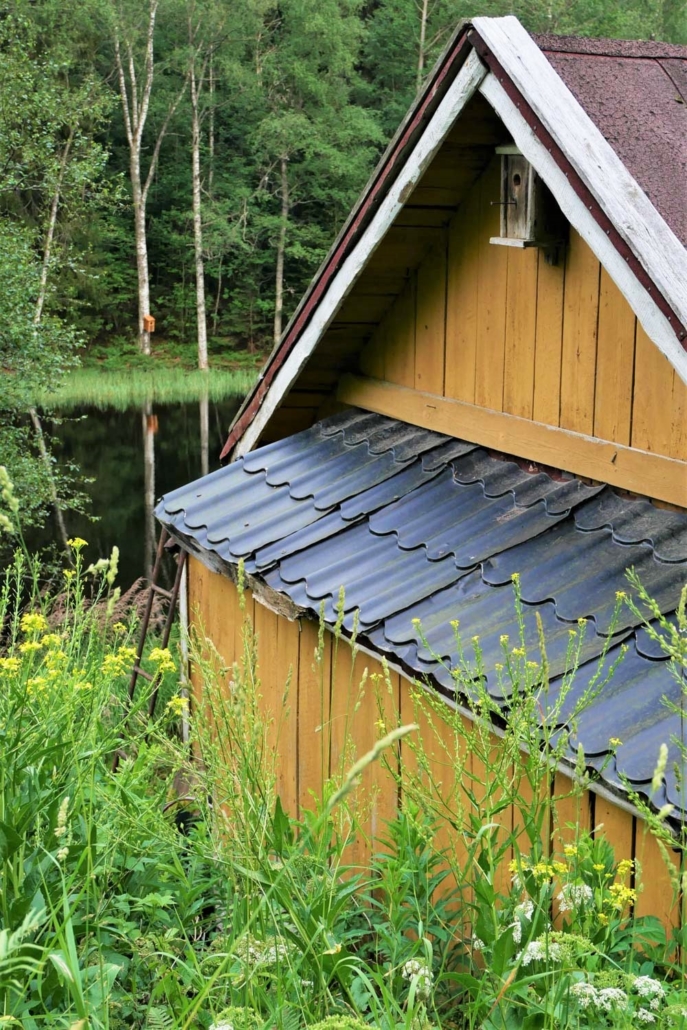
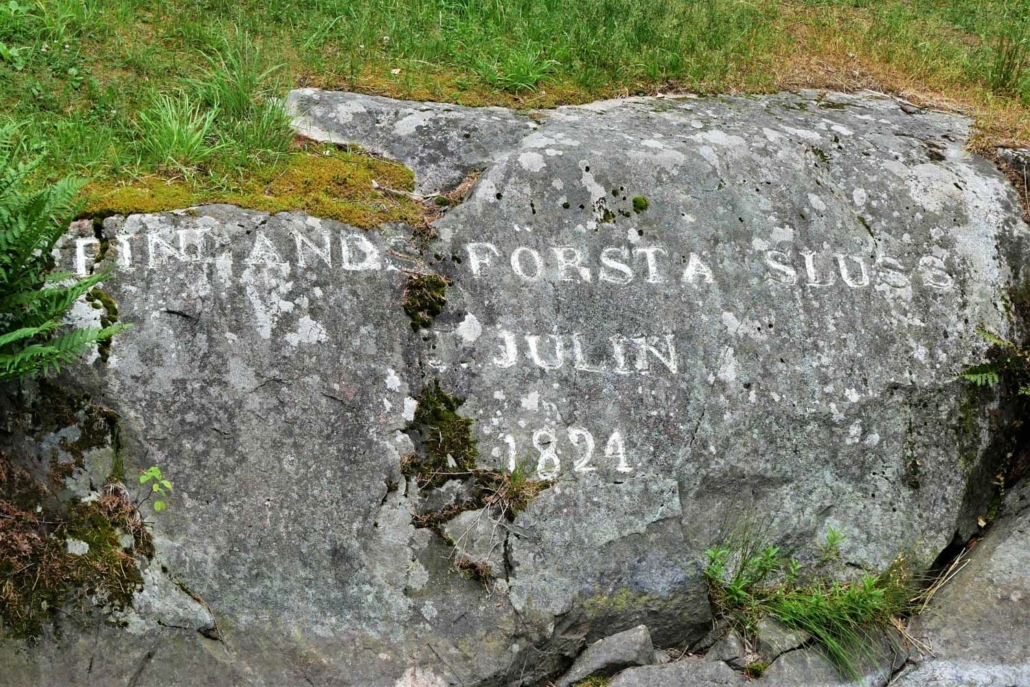
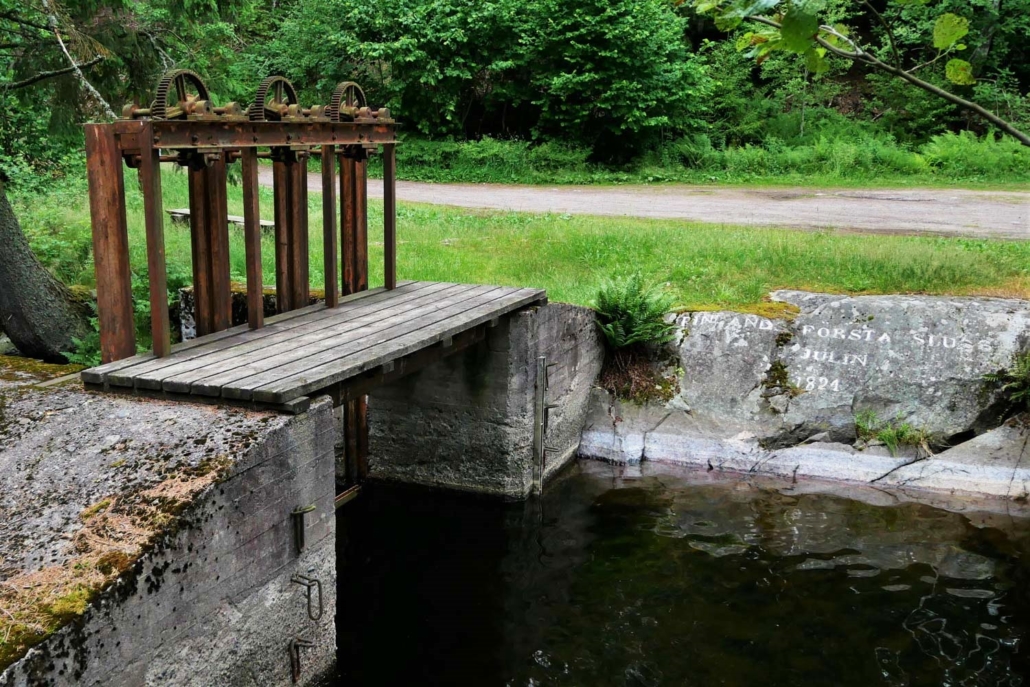

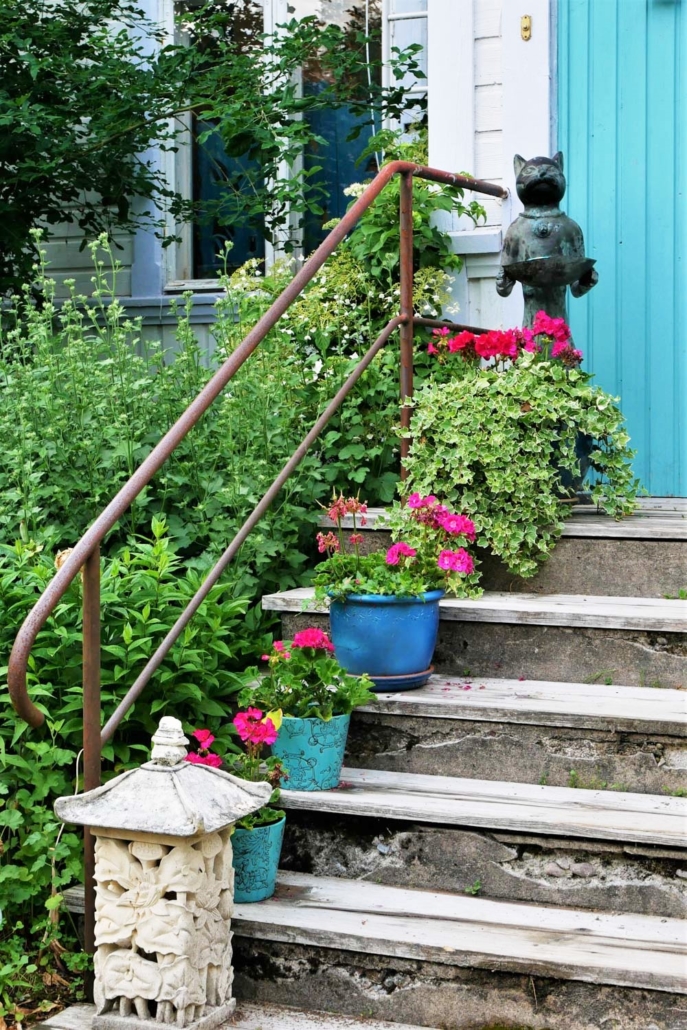
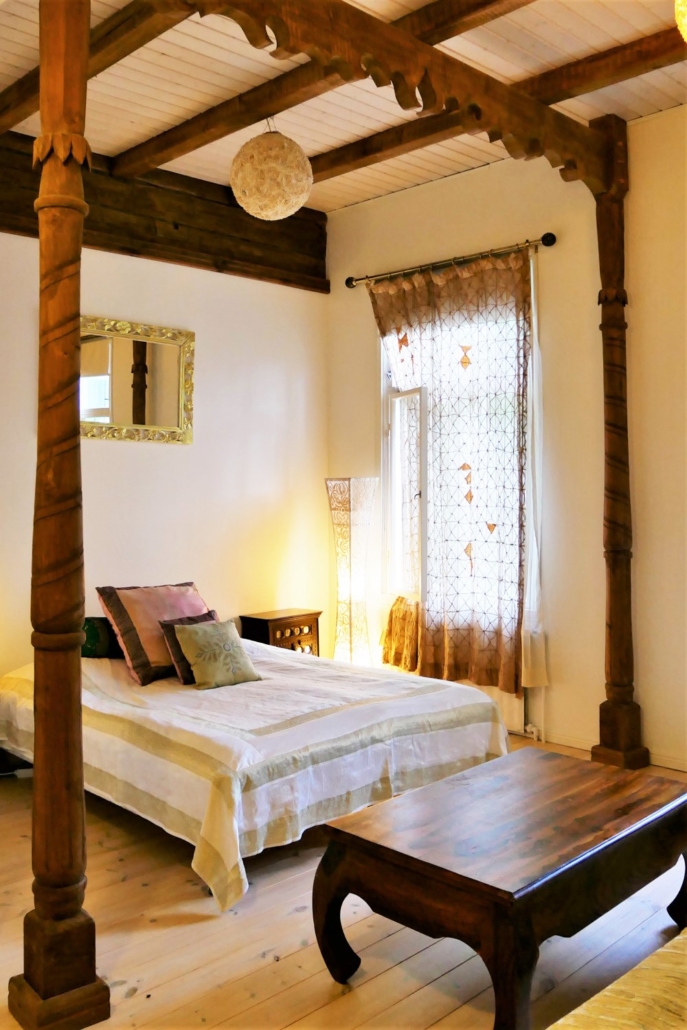



Leave a Reply
Want to join the discussion?Feel free to contribute!